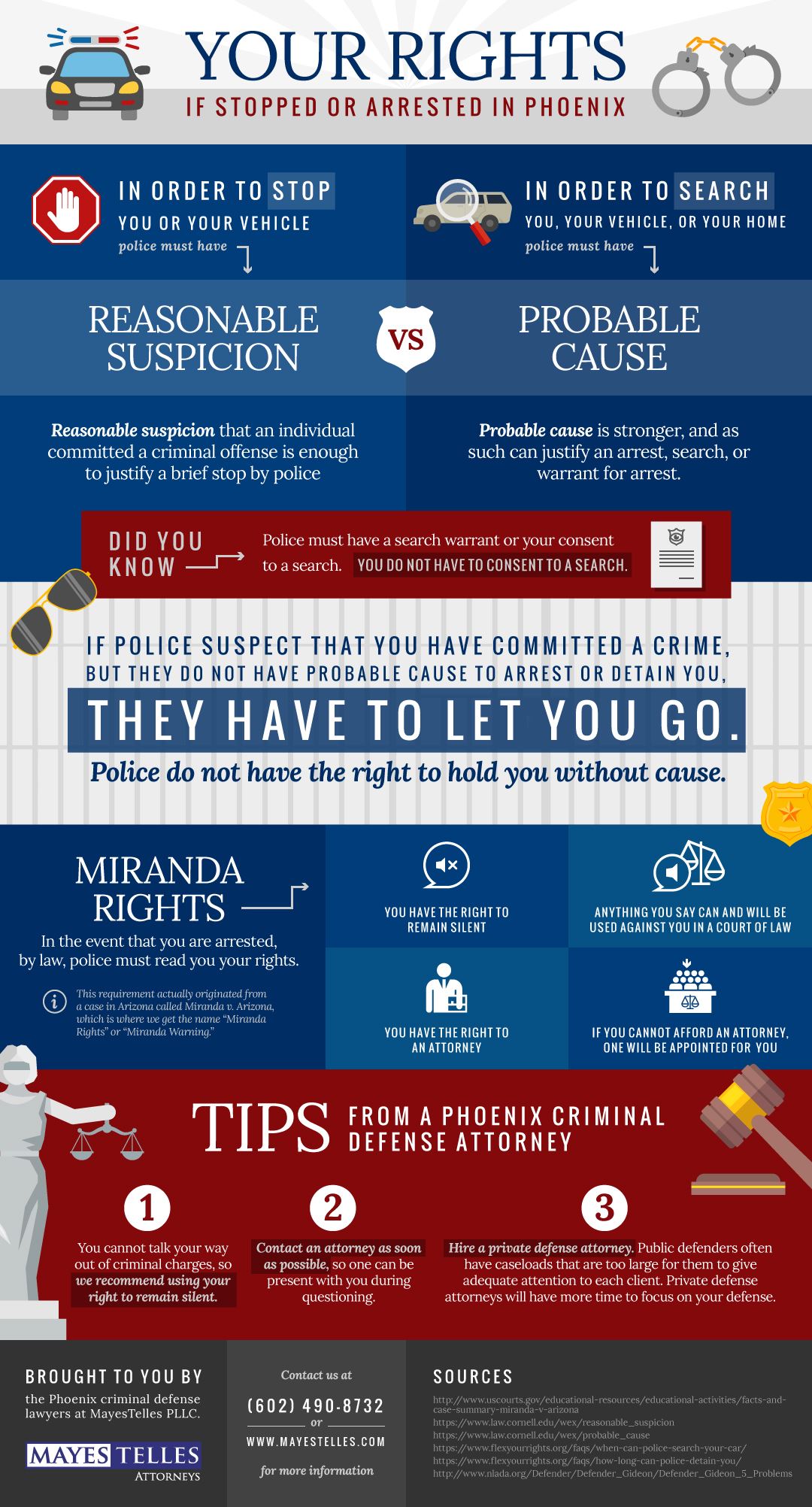An In-Depth Guide To The Criminal Test: Step-By-Step Insights Into The Process
An In-Depth Guide To The Criminal Test: Step-By-Step Insights Into The Process
Blog Article
Created By-Donovan Gill
When you enter a criminal test, you might be amazed by the organized procedure that unfolds. Everything begins with court choice, where potential jurors are looked at for predispositions via an approach called "voir dire." After that, both sides provide their opening declarations, establishing the stage for the evidence and statements to comply with. You'll see exactly how the prosecution and protection build their instances, yet what takes place next can substantially influence the outcome. Comprehending these stages can reveal the complexities of justice, however there's more to reveal about the critical moments that follow.
Court Choice Refine
When it involves the jury option procedure, you're diving into an important stage of a criminal test. This procedure, commonly called "voir dire," includes questioning prospective jurors to ensure they're unbiased and capable of providing a fair decision.
You'll see both the prosecution and defense attorneys getting involved actively, each intending to pick jurors that straighten with their case's story.
During voir dire, you'll observe that attorneys ask questions about jurors' backgrounds, ideas, and experiences. Their objective is to determine any pre-existing prejudices that can affect a juror's choice. As a juror, you could really feel a mix of nervousness and inquisitiveness, but your sincerity is important.
After examining, attorneys can challenge particular jurors for reason if they believe a juror can not remain unbiased. They can also make use of a minimal variety of peremptory difficulties to reject jurors without specifying a reason.
Trial Phases Explained
The phases of a criminal test play a vital duty in guaranteeing a reasonable and organized process.
You'll first run into the opening declarations, where both the prosecution and protection detail their instances. This establishes the stage of what's to come.
Next, the prosecution provides its proof and witnesses, aiming to confirm the offender's guilt beyond an affordable question. You'll see straight examination complied with by interrogation, allowing both sides to challenge the here and now information.
After the prosecution relaxes its instance, it's the defense's turn. They'll provide their evidence and witnesses, frequently focusing on creating sensible doubt. You'll see that the defense does not need to verify innocence; they simply need to test the prosecution's case.
Once both sides have presented their disagreements, you'll hear shutting statements, where each event summarizes their case. This is essential as it strengthens their positions prior to the jury deliberates.
Throughout these phases, the court makes sure that the trial sticks to legal criteria and that the civil liberties of both events are secured.
Recognizing these phases will certainly help you value the intricacies involved in a criminal test and the importance of each step in the search of justice.
Verdict and Sentencing
Nevertheless evidence has actually existed and debates made, the jury or court provides a decision, figuring out the offender's regret or innocence. If you're part of the jury, you'll deliberate with your fellow jurors, talking about the proof and your perceptions. This procedure can require time, as you'll wish to ensure everyone settles on the decision based on the realities.
When a judgment is gotten to, it's introduced in court. If the defendant is found guilty, the next stage is punishing. This is when the judge determines the ideal penalty. You might notice that different aspects influence the sentence, such as the extent of the crime, the defendant's past record, and any kind of mitigating situations.
The judge may impose a variety of sentences, from penalties and community service to imprisonment. Sometimes, the defense or prosecution can present disagreements concerning sentencing, trying to persuade the judge's choice.
If the defendant is found not guilty, they're acquitted, and no penalty adheres to. Remember that a guilty judgment can frequently lead to allures, where the offender may challenge the judgment or the sentence imposed.
find more
In a criminal trial, you've seen just how essential each action is, from court choice to the final decision. You've adhered to the prosecution and protection as they develop their instances, aiming to convince the court. Once consideration concludes, the verdict figures out the outcome, and if the offender is condemned, the sentencing phase begins. Comprehending these processes assists you value the intricacies of the justice system and the significance of each duty in making certain a reasonable test.
